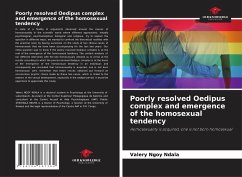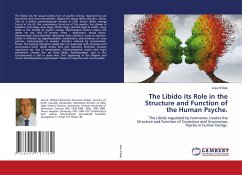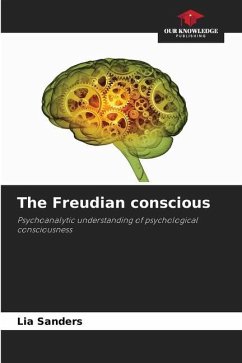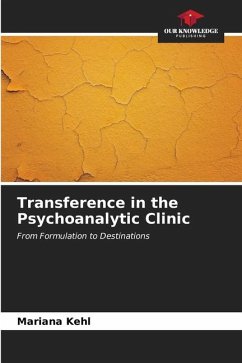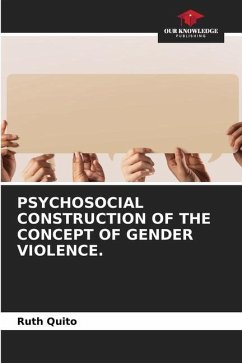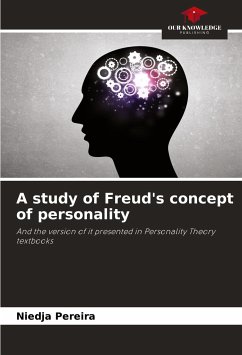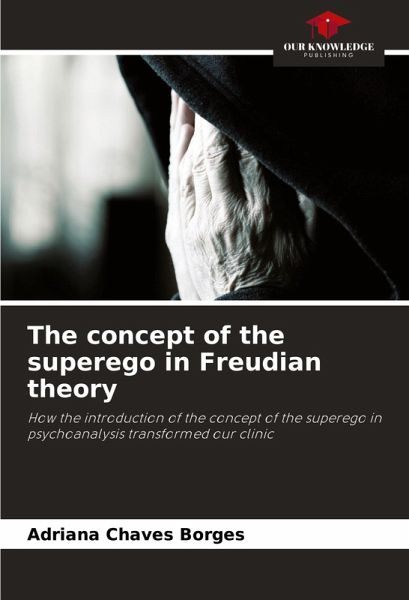
The concept of the superego in Freudian theory
How the introduction of the concept of the superego in psychoanalysis transformed our clinic
Versandkostenfrei!
Versandfertig in 6-10 Tagen
46,99 €
inkl. MwSt.

PAYBACK Punkte
23 °P sammeln!
This paper studies the trajectory of the concept of the superego in Freudian psychoanalysis from 1892, when Freud noticed, through his self-analysis and in the practice of his hysteria clinic, the first signs of the existence of an extremely moralistic, controlling and self-critical entity in the human mind, until the moment when this concept was formally inserted into psychoanalytic theory in 1923. We seek to highlight the main characteristics, nature, origin and functions that this psychic structure plays in the human psyche, starting from the hypothesis that it is up to the ego to develop a...
This paper studies the trajectory of the concept of the superego in Freudian psychoanalysis from 1892, when Freud noticed, through his self-analysis and in the practice of his hysteria clinic, the first signs of the existence of an extremely moralistic, controlling and self-critical entity in the human mind, until the moment when this concept was formally inserted into psychoanalytic theory in 1923. We seek to highlight the main characteristics, nature, origin and functions that this psychic structure plays in the human psyche, starting from the hypothesis that it is up to the ego to develop and strengthen itself in order to be able to modulate the primitive and destructive force of the superego, which in a free state and fed by the death drive, participates in the process of the emergence and worsening of mental illnesses.






